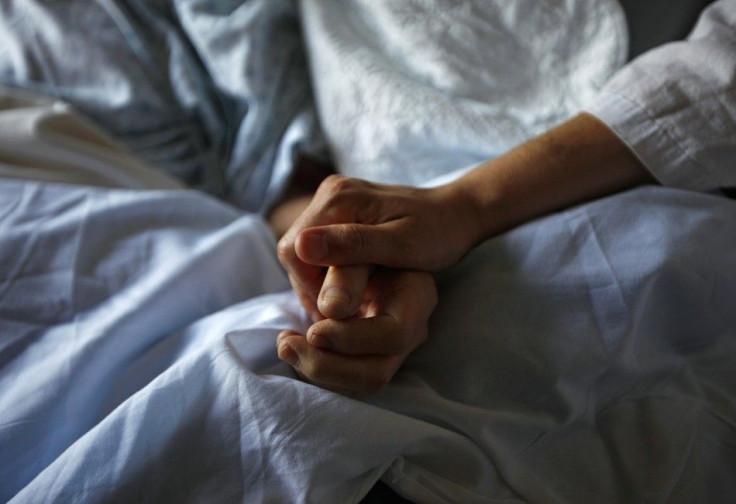Study: 'Overtreatment' for Thyroid Cancer is Running Rampant

Researchers say the drug helps people with advanced tumors, yet it is unclear if it benefits some patients, but not others.
The downsides of "overtreatment" with a radioactive iodine treatment method are clear: the therapy saps patients' energy and ups their risk of developing new cancers down the road, and it costs several thousand dollars.
The iodine treatment usage after thyroid surgery for different stages of thyroid cancer is increasing, but there are few guidelines outlining proper dosages and usage.
"There are a lot of patients who are receiving iodine for what is considered low-risk tumors," said Dr. David J Sher, a cancer expert at Rush University Medical Center in Chicago, who was not involved in the new work. "These patients generally have a superb prognosis without radioactive iodine," he told Reuters Health.
According to the report, published in the Journal of the American Medical Association, there are more than 40,000 new cases of thyroid cancer every year in the U.S. - a number that's been climbing steadily.
"What they are diagnosing now is very small thyroid cancers, the ones that are being overtreated," Sher said.
The new study is based on data from the U.S. National Cancer Database, including nearly 190,000 patients who had their thyroid removed due to cancer.
Between 1990 and 2008, the percentage of patients treated with radioactive iodine climbed from 40 percent to 56 percent, and hospitals varied widely in their use of iodine.
More than a third of patients with low-risk tumors received radioactive iodine, on average, whereas three-quarters of high-risk patients got the treatment.
Bloomberg reports, about 56 percent of thyroid cancer patients in 2008 were treated with radioactive iodine, which is used after the thyroid is removed to treat residual cancer, compared with 40 percent in 1990, according to a study today in the Journal of the American Medical Association.
Determining who gets the treatment doesn’t always depend on how severe the cancer is, researchers found.
Thyroid cancer is the 10th most common cancer in the U.S. with more than 40,000 people diagnosed with the disease each year, the study's authors noted.
Dr. Megan Haymart from the University of Michigan in Ann Arbor, who led the study, said it's unclear why doctors would use radiation therapy in the absence of good evidence.
"At this point, there need to be better studies of which patients truly benefit from radioactive iodine," Haymart said, adding that even the current guidelines leave many patients in the gray zone.
Medical guidelines suggest doctors reserve radioactive iodine for the most aggressive thyroid cancers yet left the option open to physicians for use in patients with less serious tumors, added Haymart, the study’s lead author.
One possibility, she told Reuters Health, is that the uptick in early-stage tumors, which are less likely to cause harm, might have tricked them into believing the treatment actually worked, while that might not have been the case.
During the study period, guidelines recommended treating high-risk disease with iodine, but they said the benefits were unknown for patients at low risk, leaving treatment decisions up to the doctors and patients in those cases.
That was recently changed, however, and experts now advise not treating low-risk tumors.
Despite the grim picture, an editorial in the journal warns that relying on databases can sometimes be misleading.
Doctors and patients may have had good reasons to choose iodine treatment even with low-risk tumors, and those wouldn't necessarily be clear from the database.
Still, Sher said, "We know patients are getting overtreated, we know patients are getting undertreated, now we have to find out why."
SOURCE: bit.ly/mU7vps Journal of the American Medical Association, August 17, 2011.
(Reuters)
© Copyright IBTimes 2025. All rights reserved.





















